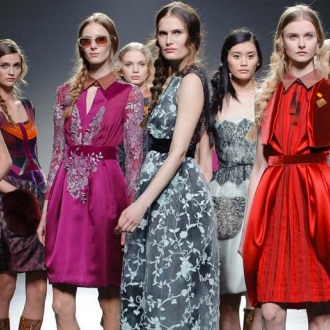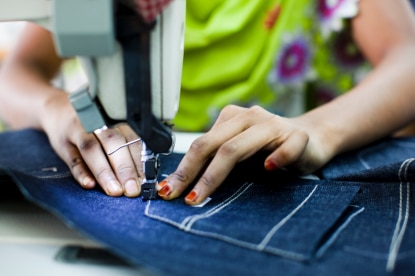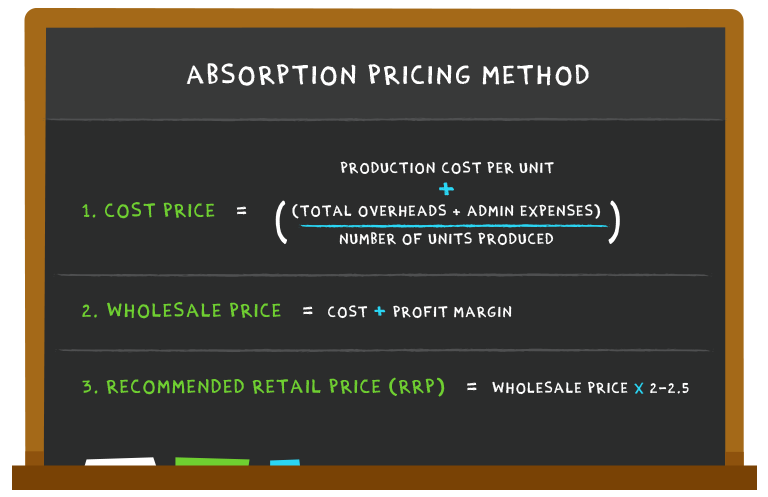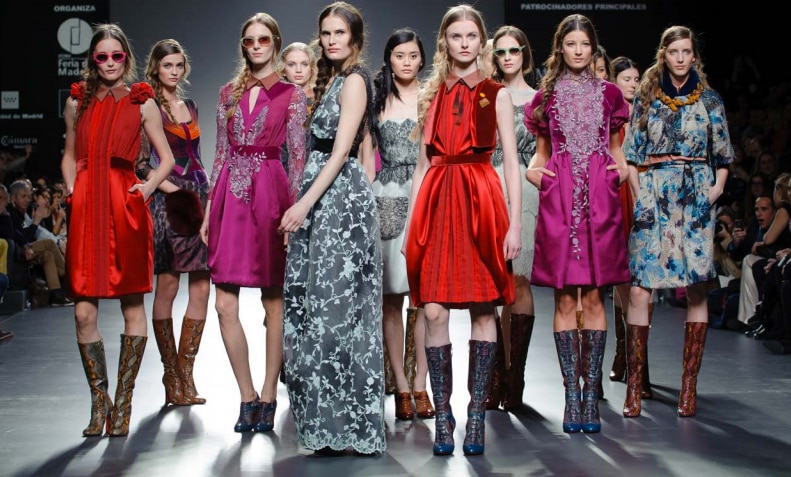Luxury pricing needs to be applied to this type of product, where the brand has an extremely high value (comparing to the actual cost of production). This part of the market is brand focused, and loyal.
Budget pricing – if you are perceived as a low-end, no-frills brand but your products are expensive, people won’t buy because they won’t see the value in buying a high price item from a low end brand.
The low part of the market is focused on price – they are not looking for goods that will last a lifetime or elevate their social status. They want something they can afford, and are happy to love it and throw it out soon after. This market segment is NOT brand loyal – they will buy based on price and won’t care who they buy it from.
Value-based pricing for the middle part of the market – this part of the market needs to see value for money – a careful mix of quality and price.
If you focus on long-term relationships this client is brand loyal but will need to see you cater to their needs, choosing quality materials and making your products affordable. They can justify the price if they see the value, so that needs to be your focus and talking point in your communication efforts.
Where does your brand sit in the market? And which pricing strategies do you currently use?












